The Importance of Regular Propane Furnace Servicing
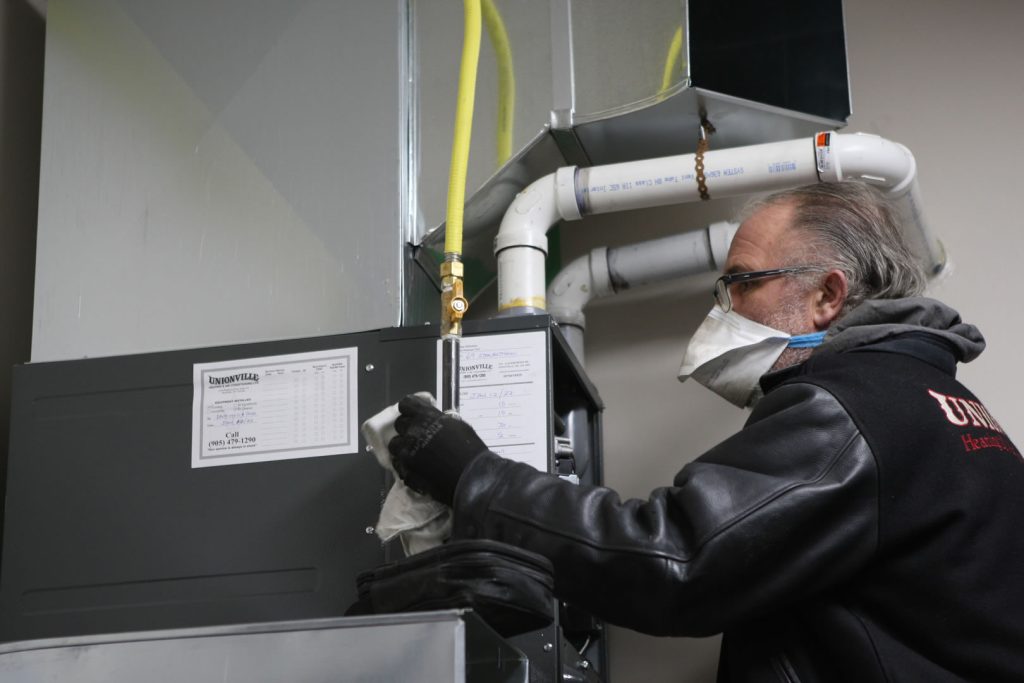
The Importance of Regular Propane Furnace Servicing For Rural Homeowners in Surrounding Stouffville, Goodwood, and Uxbridge Introduction For rural homeowners in the beautiful areas surrounding Stouffville, Goodwood, and Uxbridge, a propane furnace is a reliable, efficient, and cost-effective solution for heating your home. However, regular servicing is crucial to ensure your propane furnace continues to […]
Garage Heater Installation
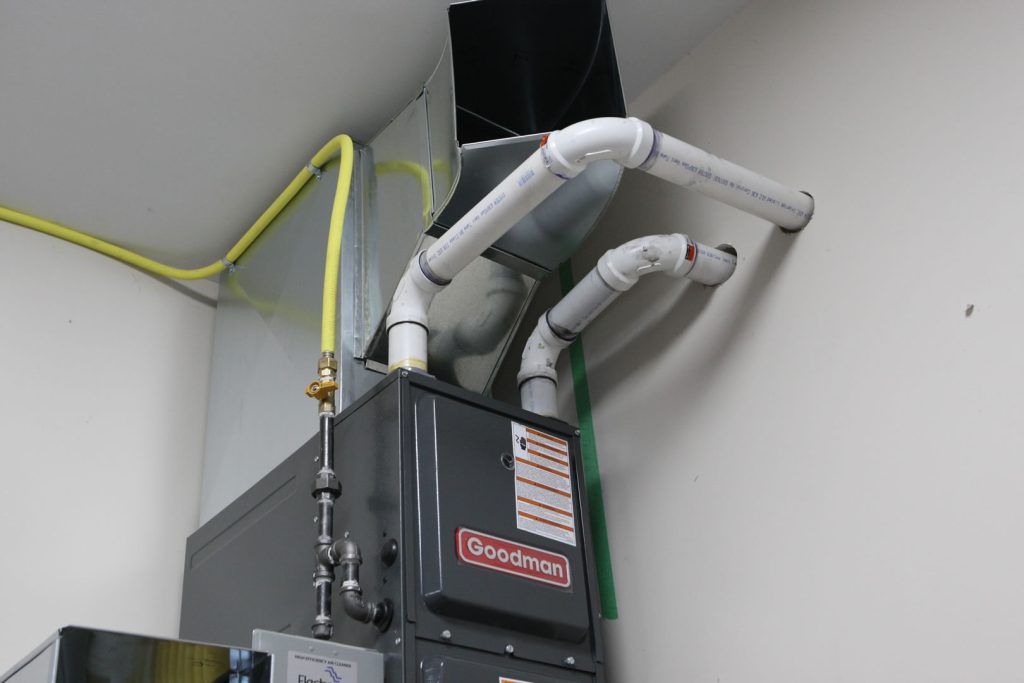
How do you install a furnace in a Garage? Heating from a garage furnace is an excellent solution for expanding your living or working area during the cold months of the year. Turn your garage into a heated workshop, family play area or game day hangout. A licensed HVAC contractor performs this How-To guide. The […]
Bulletin – Indoor Air Quality for Residential Buildings
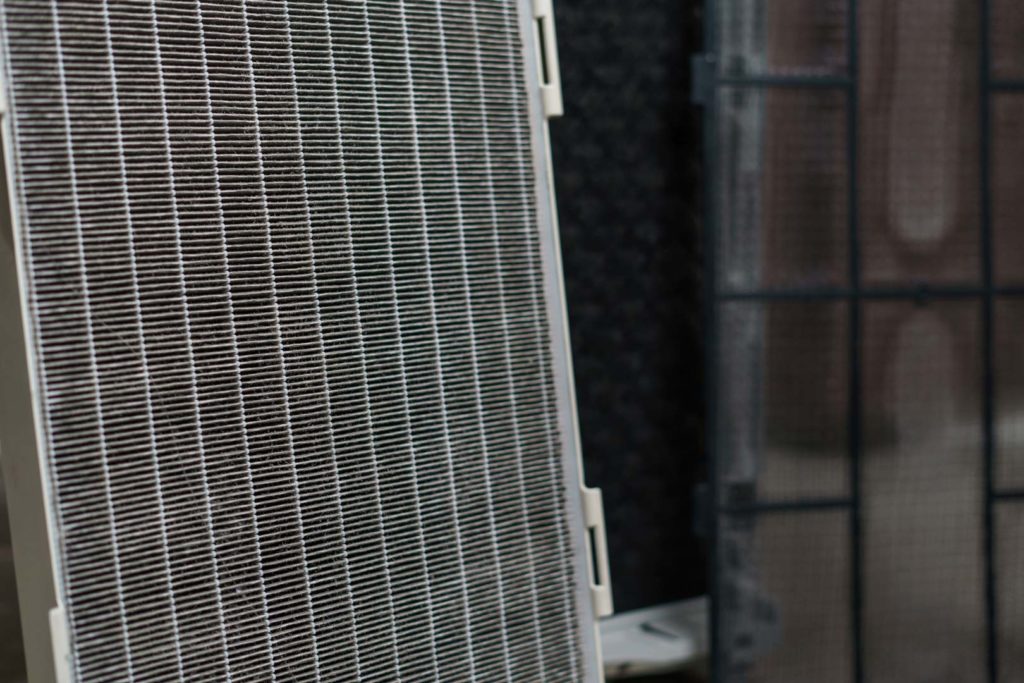
Unionville Heating and Air Conditioning is continuously monitoring and gathering information to provide their customers with the best recommendations and implementation for residential HVAC systems. Our goal for learning about advancements in technology is to apply these learnings to help keep us all safe. We care! This bulletin is issued by ASHRAE to address the […]
Furnace Backup Power During Electricity Outage
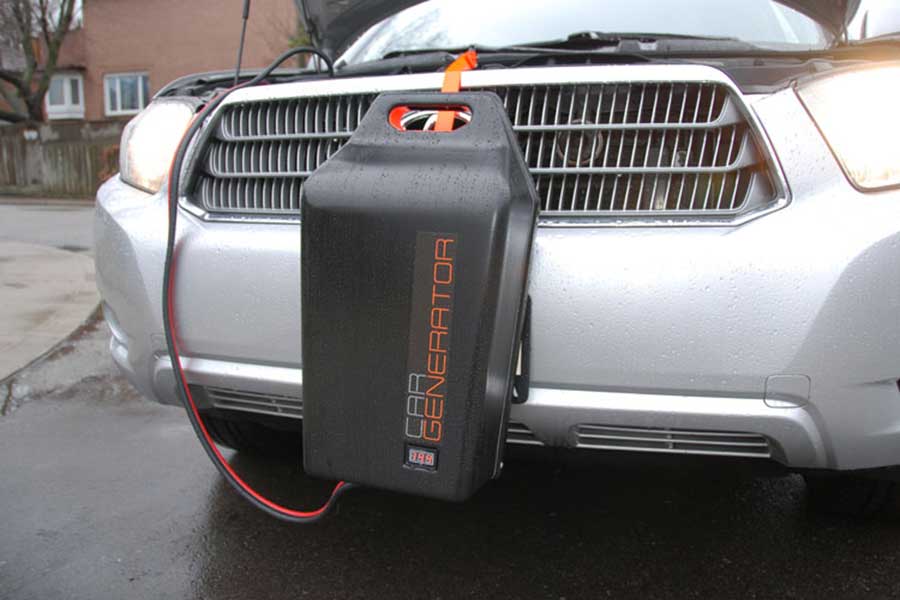
Get backup power to your furnace during a power outage. All you need is CarGenerator™ and an extension cord. When the power goes out due to high winds, heavy rain or ice, just plug in CarGenerator. You already own 75% of a backup generator, sitting right there in your driveway! Add CarGenerator to your vehicle, […]
HVAC – Essential Business During COVID-19
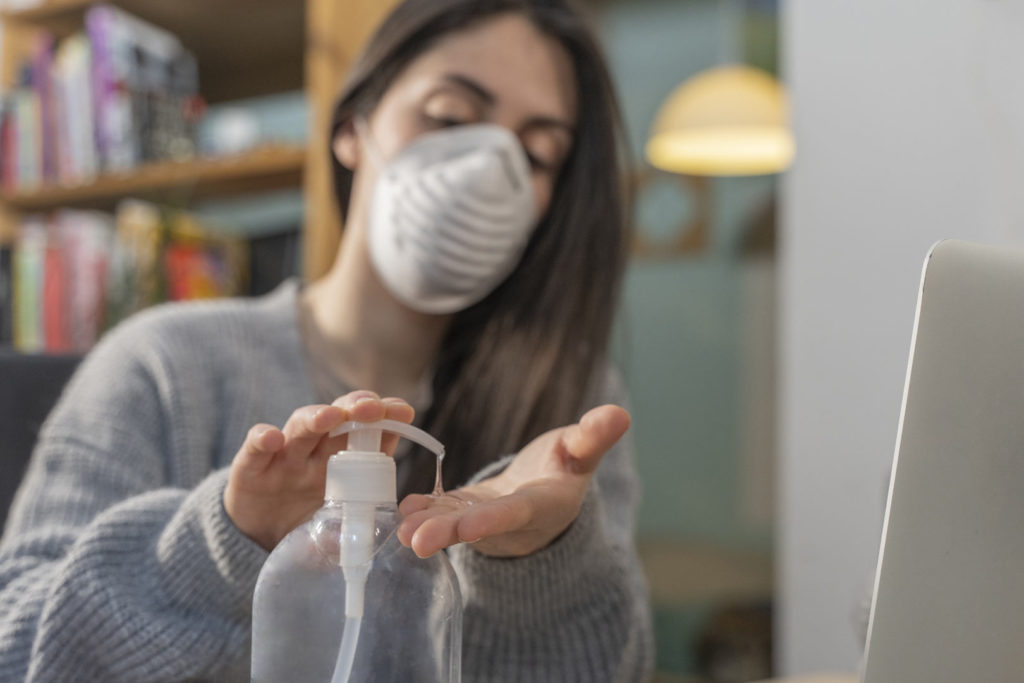
The province has enacted a declaration of emergency to help contain the spread of COVID-19 and protect the public. Ontario business-owners are encouraged to continue their operations through work-from-home policies and innovative business models. Due to the evolving COVID-19 situation, the Ontario government will be ordering at-risk workplaces to close-down, while encouraging businesses to explore […]
Cost to remove an old furnace
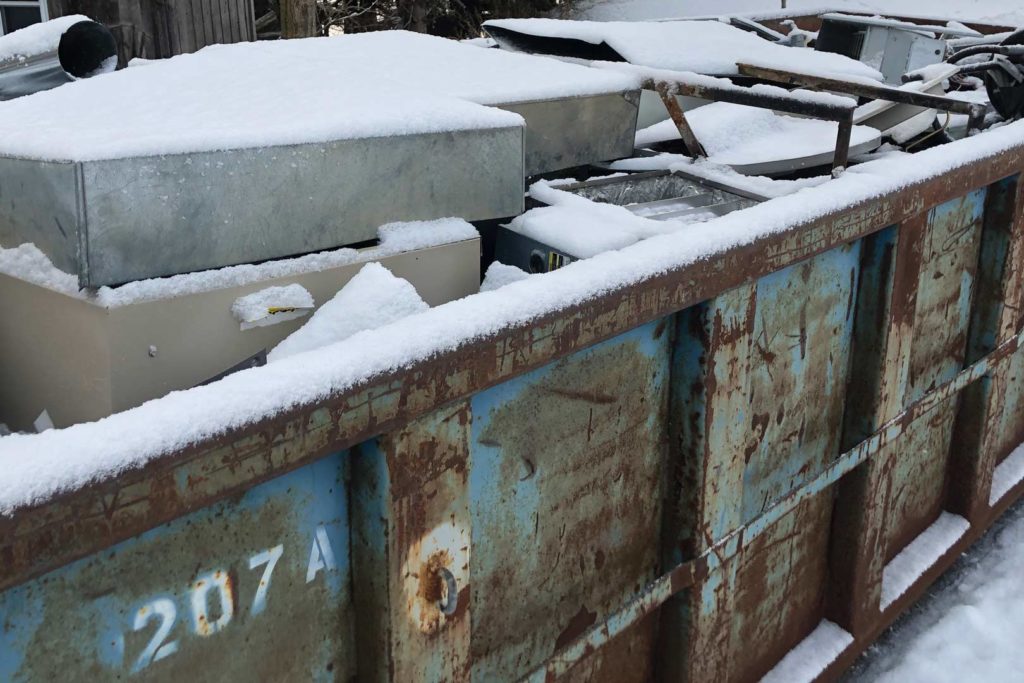
How much does it cost to remove an old furnace? With Unionville Heating and Air Conditioning there is no additional charge to remove and dispose of your old HVAC parts. We care about the environment and would not leave you with the burden of having to remove your old furnace. Old furnace and A/C removal […]
Regulations Amending the Energy Efficiency of Gas Furnaces
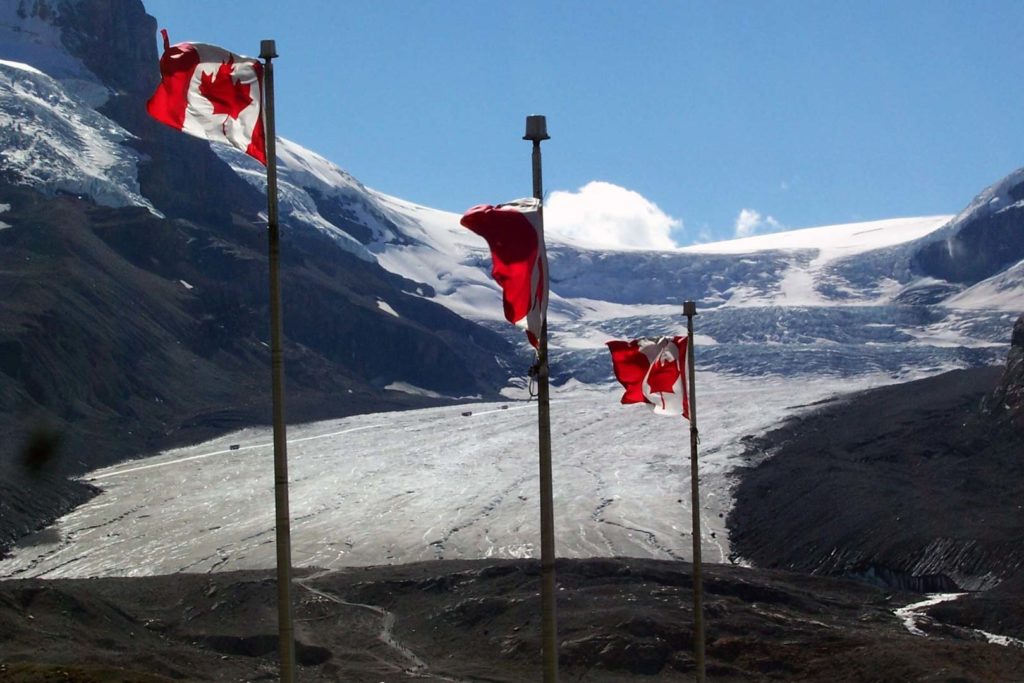
Heating, Refrigeration and Air Conditioning Institute of Canada (HRAI) has sent a message to manufacturers and installers of gas furnaces in Canada. What this means to Canadian consumers: Gas furnaces installed in Canada effective December 12, 2019 must meet the new minimum requirements as described in the Energy Efficiency Act. Consumers need to be aware […]
Time for a new furnace?
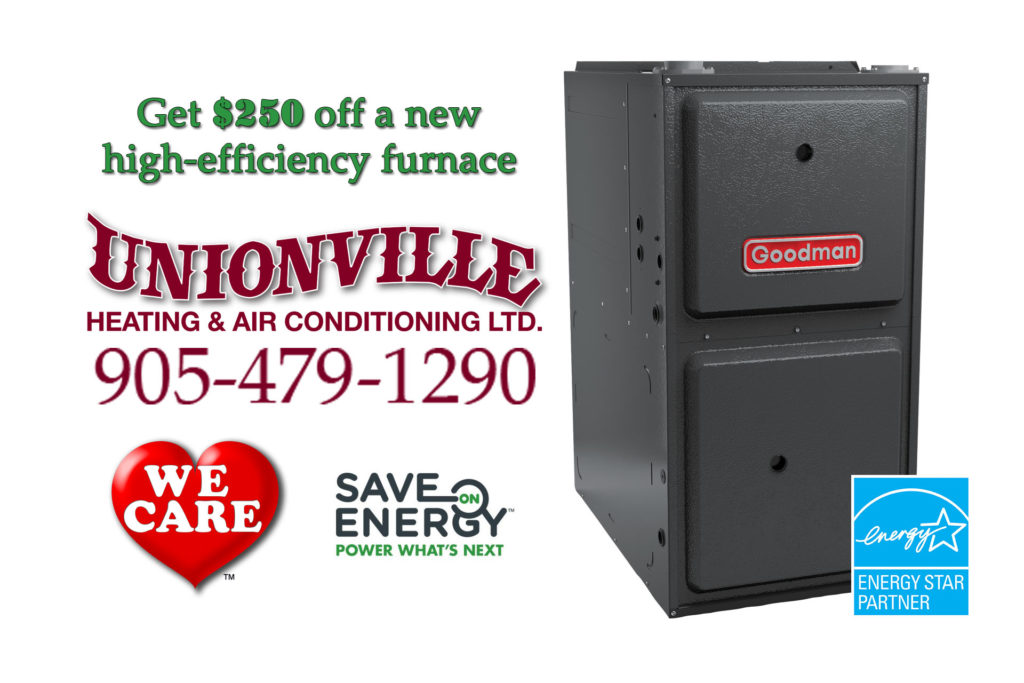
Get $250 back when you replace your furnace with a new high-efficiency model.* Reduces home heating costs by 25% per year. Your new central heating system must have an Electronically Commutated Motor (ECM). Improve home comfort and indoor air quality while reducing home heating costs when you make the switch. Why updgrade to an […]

